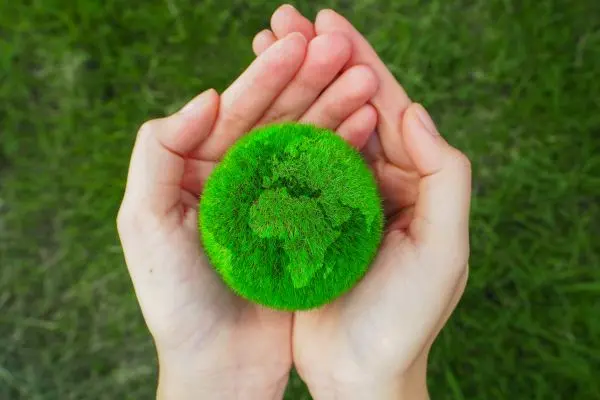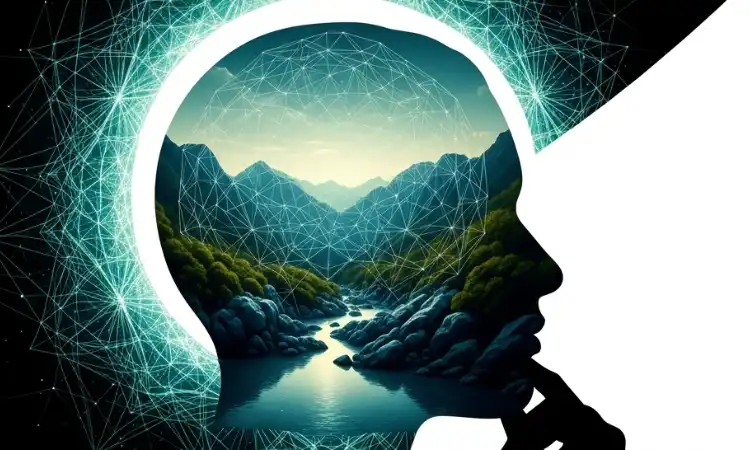Climate Tipping Points at Risk: 10 You Should Know
Climate tipping points refer to critical thresholds in the Earth’s climate system.
Once these tipping points are crossed, the resulting changes can accelerate climate change, leading to cascading effects that are difficult or impossible to reverse.
Here are 10 key potential tipping points that Climate Change is currently at risk of exceeding:
1. Arctic Sea Ice Loss
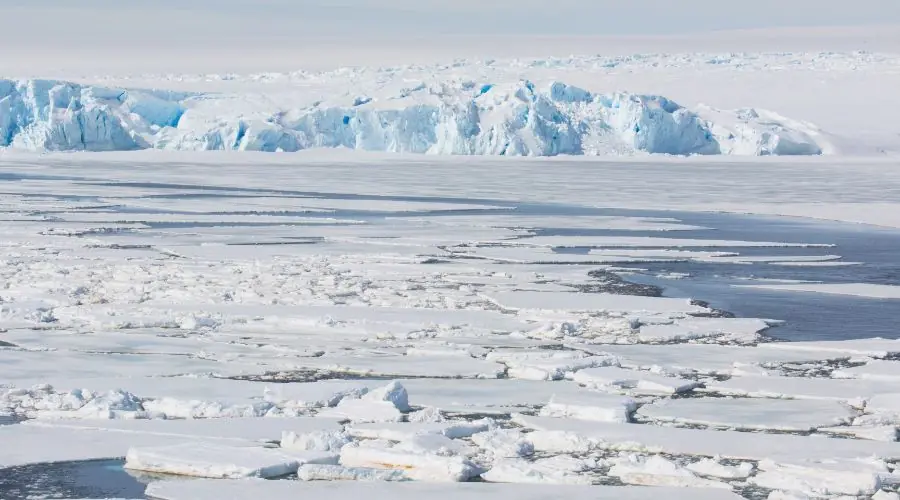
Arctic sea ice acts as a reflective shield, bouncing sunlight back into space. This is known as the Albedo Effect. As global temperatures rise, this ice melts, reducing the Earth’s albedo, or reflectivity.
Darker ocean water absorbs more heat, which in turn accelerates ice melt. This fuels a feedback loop, known as the ice-albedo loop.
This chain reaction not only exacerbates global warming, but also disrupts Arctic ecosystems and weather patterns far beyond the polar region.
2. Amazon Rainforest Dieback
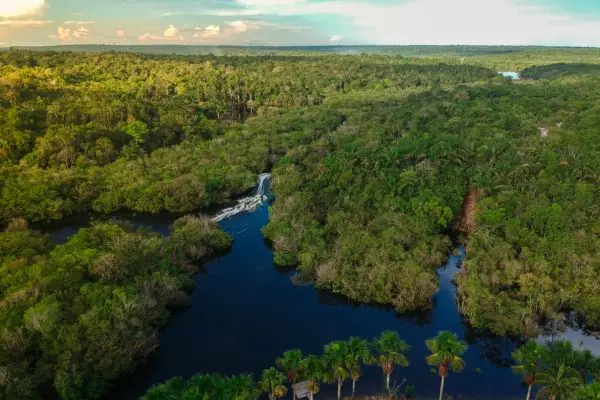
The Amazon rainforest plays a crucial role in absorbing carbon dioxide.
Doing so helps counter the excessive release of carbon dioxide by human activities. However, deforestation and climate change threaten this vital ecosystem.
As temperatures rise and rainfall patterns shift, large portions of the Amazon could transform into savanna. This tipping point would release vast amounts of stored carbon, intensifying global warming.
3. Thermohaline Circulation Disruption
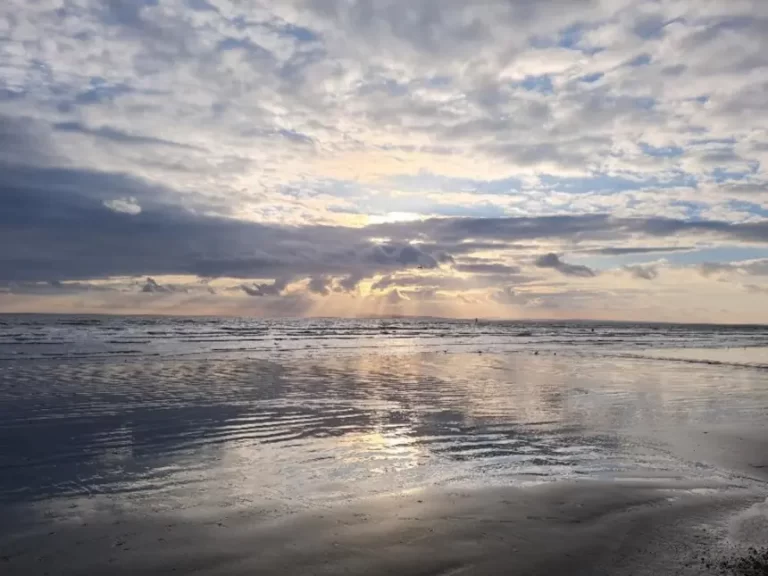
The thermohaline circulation, including the Atlantic Meridional Overturning Circulation (AMOC), is a system of ocean currents driven by differences in water temperature and salinity. Melting ice and increased rainfall can dilute seawater, disrupting these currents.
A weakened or collapsed AMOC could lead to drastic climate changes, such as severe cooling in Europe and altered weather patterns globally.
4. Permafrost Thawing
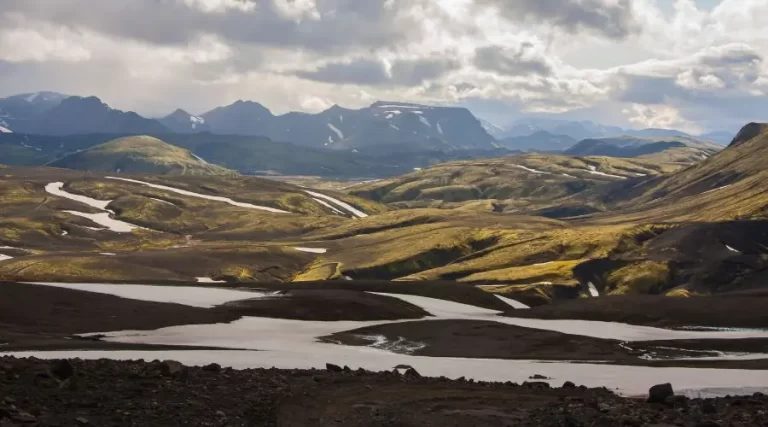
Permafrost, or permanently frozen ground, contains large quantities of organic matter.
As temperatures rise, permafrost in regions like Siberia and Alaska begins to thaw, releasing methane and carbon dioxide. This creates a feedback loop, further accelerating global warming and advancing further melt.
The potential for Methane release is of particular concern. Despite its relatively short lifespan once released, Methane is over 27x more impactful that carbon dioxide. This heightens the risk of rapidly acceleration of the feedback loop.
5. Coral Reef Die-off
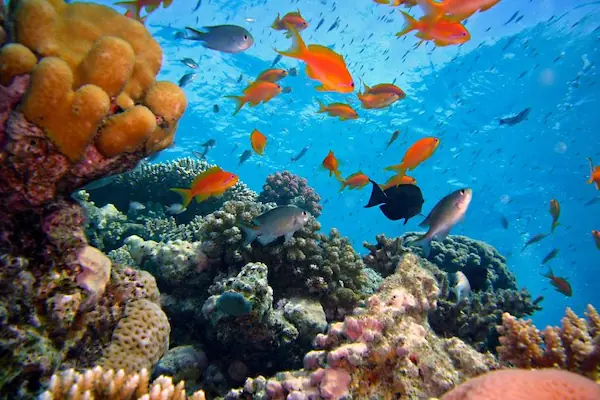
Coral reefs are highly sensitive to changes in sea temperature and acidity.
Rising sea temperatures beyond 1.5oc cause coral bleaching, where corals expel the symbiotic algae they rely on, leading to their death.
Ocean acidification, resulting from increased CO2 absorption, adds the additional pressure of weaken coral skeletons.
The loss of coral reefs would devastate marine biodiversity, fisheries, and coastal protection, elevating the risk of sea level rise in coral regions.
6. Greenland Ice Sheet Melt

The Greenland ice sheet holds a vast amount of freshwater ice. If significant melting occurs, it could contribute to several meters of sea-level rise.
Such a rise would inundate coastal areas worldwide, affecting millions of people and ecosystems.
This influx of freshwater also stands as one of the key ice melt sources risking disruption the thermohaline circulation, referenced earlier. Therefore, melt of this ice sheet presents a major tipping point risk on multiple fronts.
7. Boreal Forest Dieback
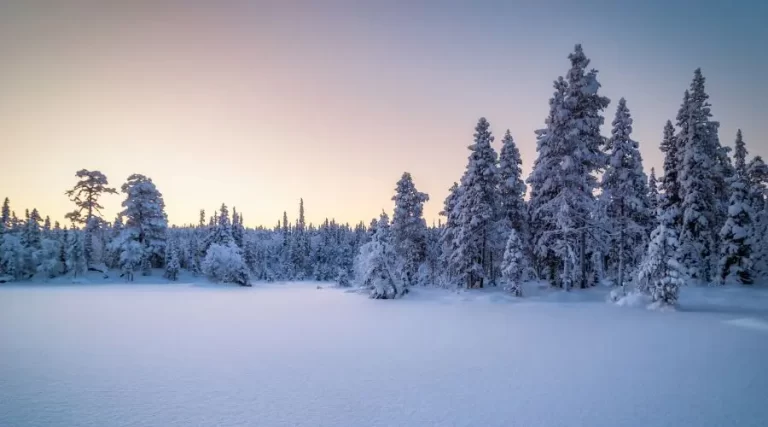
Boreal forests, spanning across northern regions, act as significant carbon sinks. However, rising temperatures increase the frequency and intensity of forest fires and pest infestations, such as bark beetles.
These disturbances can turn boreal forests from carbon sinks into carbon sources, releasing more carbon dioxide into the atmosphere and exacerbating climate change further.
8. Indian Summer Monsoon Shifts
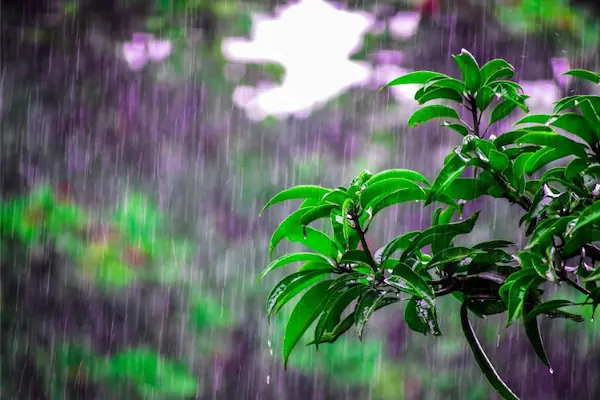
The summer monsoon is a critical weather system (also known as the Intertropical Convergence Zone). It supports agriculture and water resources for over a billion people.
Climate change has been found to alter the timing, intensity, and distribution of monsoon rains fed by this system.
Tipping this system into a position of growing variability and extreme events, such as droughts and floods, would have profound impacts on food security, economies, and livelihoods in South Asia.
9. West Antarctic Ice Sheet Collapse
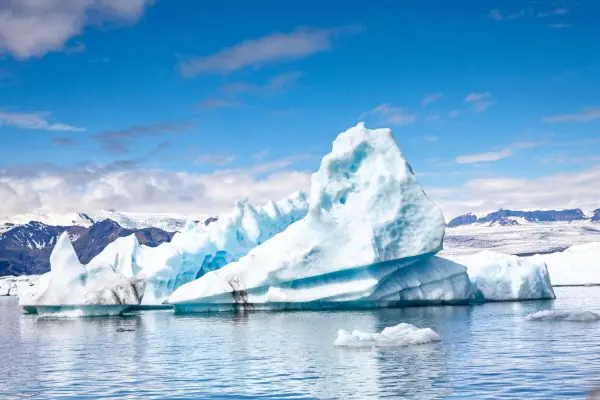
The West Antarctic Ice Sheet (WAIS) is particularly vulnerable because much of it rests on bedrock below sea level. Warming ocean waters can therefore undermine this ice from below, potentially leading to a rapid disintegration.
If the WAIS were to collapse, it could raise global sea levels by several meters, leading to severe coastal flooding and habitat loss.
10. East Antarctic Ice Sheet Instability

The East Antarctic Ice Sheet (EAIS) is more stable than the WAIS, but parts of it are still vulnerable to warming.
If sections of the EAIS were to melt significantly, it could become a major contributor to global sea-level rise.
While the process might be slower, the potential scale of ice loss from the EAIS is enormous, posing a long-term threat to coastal regions worldwide.
Major Risks That Require Action
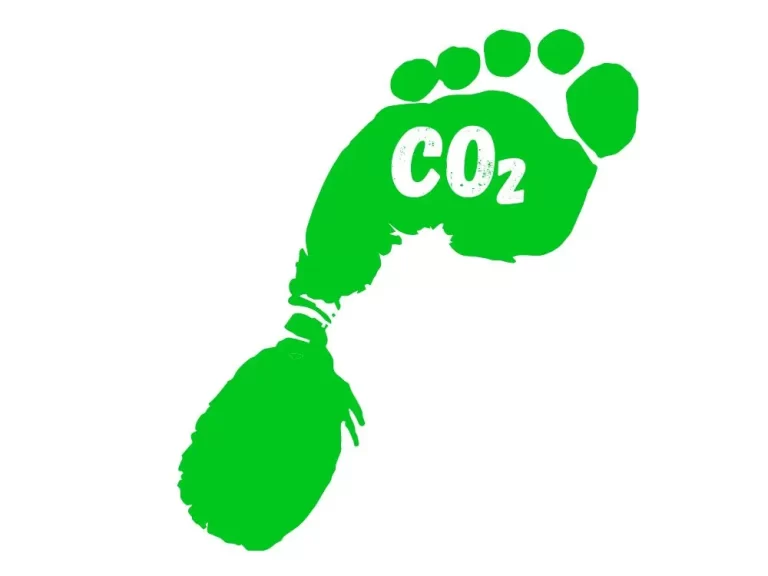
Climate tipping points present critical thresholds, where small changes can lead to irreversible impacts.
Fundamentally, these 10 climate tippling points demonstrate just why immediate and sustained action to reduce greenhouse gas emissions is needed.
Failure to do so will enable further global warming, risking these tipping points being reached and major global impacts occurring.



